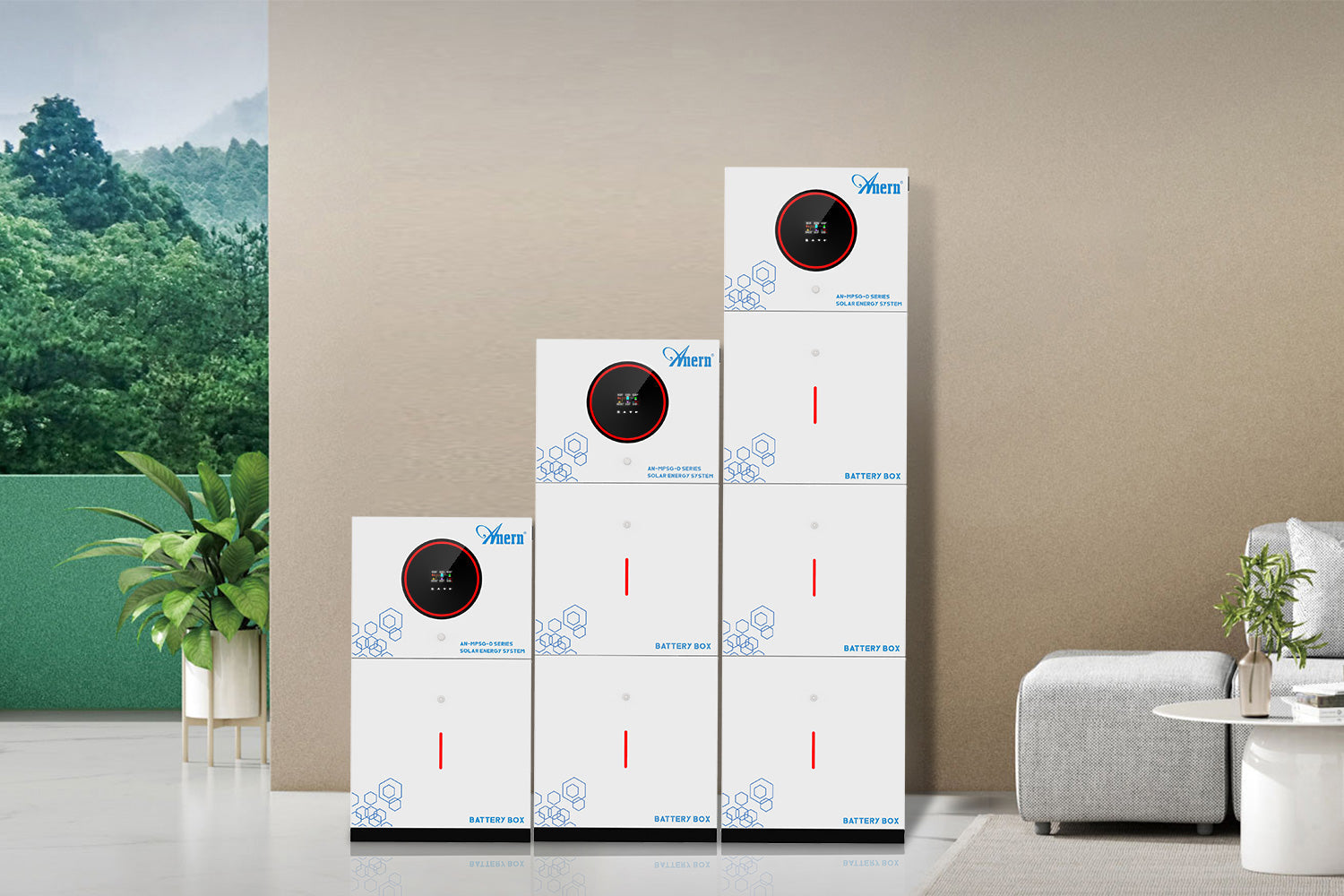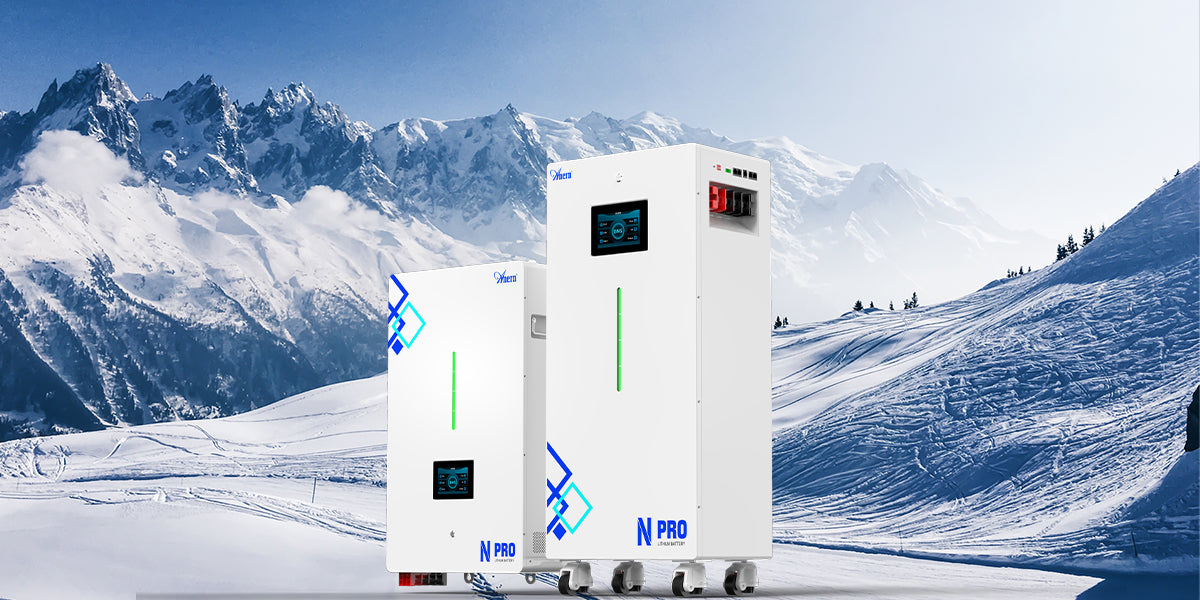Achieving energy independence is a goal for many, and the combination of solar power with reliable energy storage makes it attainable. Imagine generating your own electricity and having a dependable reserve for when the sun sets or the grid faces disruptions. This is where advanced battery technology becomes crucial. Among the various options available, LiFePO4 (Lithium Iron Phosphate) batteries stand out as a premier choice for securing your energy future.
The Power of LiFePO4 Chemistry
LiFePO4 batteries are a type of lithium-ion battery known for their robust performance and safety. The core of their effectiveness lies in their unique chemistry, utilizing lithium iron phosphate as the cathode material. This composition provides high energy density within a compact form factor, making them highly efficient for various applications, including solar energy storage.
Understanding LiFePO4 Advantages
LiFePO4 batteries offer several compelling benefits that make them ideal for energy storage systems:
- Enhanced Safety: LiFePO4 chemistry is inherently more stable than other lithium-ion chemistries, such as Nickel Manganese Cobalt (NMC), significantly reducing the risk of thermal runaway. This makes them a safer option for residential and commercial applications.
- Extended Lifespan: You will find LiFePO4 batteries boast a longer cycle life compared to many alternatives. This translates to more years of reliable service and a better return on your investment.
- Thermal Stability: These batteries can withstand a wide range of temperatures, performing reliably in both hot and cold conditions. For instance, if you plan to use your battery in extreme climates, a LiFePO4 battery is well-suited to handle those temperature variations.
- Cost-Effectiveness: The materials used in LiFePO4 batteries, like iron and phosphate, are abundant and less expensive, contributing to their overall affordability.
LiFePO4 vs. NMC: A Comparison
When considering lithium batteries for energy storage, LiFePO4 and NMC (Nickel Manganese Cobalt) are two prominent chemistries. While NMC batteries often offer higher energy density, making them suitable for applications like electric vehicles where space is a premium, LiFePO4 batteries excel in areas where longevity and safety are paramount, such as grid storage or uninterruptible power supplies. The stability and extended cycle life of LiFePO4 make it a superior choice for stationary energy storage.
The following table highlights key differences:
| Feature | LiFePO4 Battery | NMC Battery |
|---|---|---|
| Safety | Higher (More stable chemistry) | Lower (Higher risk of thermal runaway) |
| Lifespan (Cycle Life) | Longer | Shorter |
| Energy Density | Lower | Higher |
| Cost | Generally lower due to abundant materials | Generally higher due to rarer materials |
| Primary Application | Stationary storage, off-grid systems, UPS | Electric vehicles, portable electronics |
Solar Energy Integration with LiFePO4
Solar energy is expanding rapidly. In 2023, solar photovoltaic (PV) capacity accounted for three-quarters of the 510 GW of renewable energy added globally, reaching 1,419 GW. The International Energy Agency (IEA) projects that solar PV and wind will account for 95% of renewable power expansion between 2023 and 2028. By early 2025, renewables-based electricity generation is set to surpass coal-fired generation.
Pairing solar panels with LiFePO4 batteries is a natural fit. Solar energy is intermittent; it's only produced when the sun shines. Energy storage systems capture this surplus energy and make it available when needed, ensuring a continuous power supply. This integration enhances grid resilience and reliability, providing backup power during outages.
Optimizing Your Solar Storage System
When selecting a LiFePO4 battery for your solar system, consider several technical specifications to ensure optimal performance and longevity:
- Charging Voltage Range: Ensure compatibility with your solar inverter.
- Max Charge Voltage: Crucial for preventing overcharging and protecting battery health.
- Max Continuous Discharge Current Amps & Watts: These indicate how much power the battery can deliver consistently.
- Max Continuous Peak Current Amps: Important for handling sudden surges in power demand.
- Charge Current Amps: Determines how quickly the battery can be recharged.
- Charge and Discharge Temperature Ranges: Verify the battery can operate efficiently in your local climate. Extreme temperatures can affect discharge rates.
- Storage Temperature Ranges: If you store your battery in a shed or garage, confirm it can endure the seasonal temperature fluctuations.
Reputable manufacturers provide detailed specification sheets for their batteries. Reviewing these documents will help you make an informed decision tailored to your specific energy needs.
Applications of LiFePO4 Batteries for Energy Freedom
LiFePO4 batteries are versatile, finding application in a wide array of scenarios where reliable and sustainable power is essential. Their compact size, light weight, and ability to withstand challenging conditions make them suitable for diverse uses.
Realizing Energy Independence
For homeowners, farms, and remote cabins, off-grid solar solutions powered by LiFePO4 batteries offer true energy independence. You generate your own power, store it, and use it as needed, significantly reducing or eliminating reliance on traditional utility grids. This provides peace of mind and protection against power outages. The U.S. Energy Information Administration (EIA) projected that in 2024, solar and battery storage would constitute 81% of new utility-scale electric-generating capacity, with 14.3 GW of battery storage expected to be added to the grid. Furthermore, the EIA anticipates record growth in battery storage additions in 2025, with 18.2 GW of utility-scale battery storage expected.
Beyond the Home
The applications extend far beyond residential use:
- Emergency Power: Providing critical backup during grid failures.
- Mobile Power: Powering RVs, camper vans, and mobile robotics.
- Industrial Use: Powering forklifts, utility carts, and pallet jacks in various industrial settings.
- Data Servers: Ensuring uninterrupted power supply for critical data infrastructure.
- Hazardous Environments: Their stability makes them suitable for challenging conditions.
These diverse applications underscore the adaptability and robustness of LiFePO4 battery technology in achieving greater energy autonomy.
Your Path to Lasting Energy Solutions
The transition to a clean energy future is accelerating, with solar energy at its forefront. The International Renewable Energy Agency (IRENA) reported that in 2024, the cost of utility-scale battery storage had dropped by 93% over the past decade, from $2,571 per kilowatt-hour (kWh) in 2010 to just $192/kWh. This dramatic price reduction, coupled with advancements in solar technology, makes achieving energy independence more accessible than ever.
We have extensive experience in the solar industry, specializing in lithium battery manufacturing, energy storage systems, and integrated ESS development. Our commitment is to provide reliable and scalable energy solutions. Our range of products, including high-performance and safe LiFePO4 batteries, integrated home energy storage systems (combining lithium batteries, hybrid inverters, and solar panels), off-grid solar solutions, and solar inverters, are designed to empower you with energy independence.
We invite you to explore how these advanced energy solutions can support your lifestyle and help you achieve true energy freedom.





Leave a comment
All comments are moderated before being published.
This site is protected by hCaptcha and the hCaptcha Privacy Policy and Terms of Service apply.